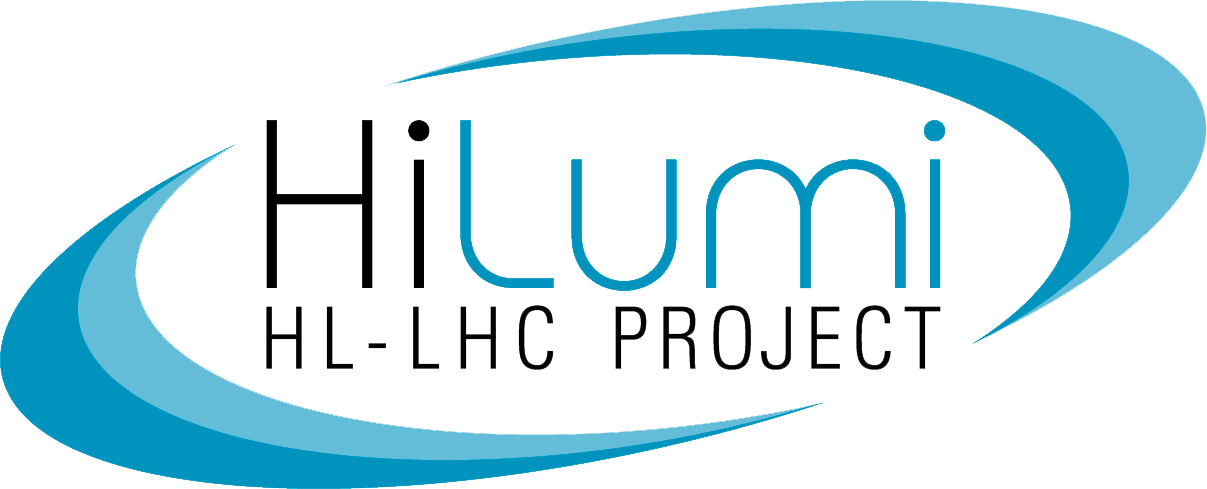The extensive array of beam instrumentation with which the LHC is equipped has played a major role in its commissioning, rapid intensity ramp-up and safe and reliable operation. Much of this equipment will need consolidation by the time the LHC enters the High Luminosity (HL) era, while the upgrade itself brings a number of new challenges.
The installation of a completely new final focusing system in the two high-luminosity LHC insertions implies the development of new beam position monitors to equip the upgraded quadrupole magnets. In addition to replacing the current beam position monitors, eight additional beam position monitors will be added per interaction region, to further improve beam control at the collision point.
The redesign of the absorber for neutral particles produced during collisions in the HL era (TAXN) also requires an upgraded version of the LHC Luminosity monitors installed in it to be compatible with the new environment and higher collision rates.
The use of crab cavities for luminosity enhancement implies a need for new instrumentation in order to allow for the optimisation of their performance. This requires intra-bunch measurements of the transverse beam position on a turn-by-turn basis. Several diagnostic systems are being investigated as candidates to perform this task, including very high bandwidth pick-ups and possibly a streak camera installation making use of synchrotron light.
The possible use of a hollow electron lens in later HL runs for cleaning the beam halo adds to the beam diagnostic challenges of high luminosity LHC. Not only must the beam halo be measured, but a good concentricity and alignment between the electron and proton beam must be ensured. A coronagraph based on synchrotron light is therefore under study with the aim of being able to image the halo at a level of 10-5 of the core intensity, while a gas curtain monitor is being developed in collaboration with UK partners to align the electron and proton beams within the hollow electron lens. The latter will use a high-density, supersonic, gas sheet to allow a two-dimensional image of both beams to be created via luminescence.
Upgrading the LHC also provides the opportunity of developing new instrumentation to address areas identified as currently lacking adequate diagnostics. This includes a non-invasive, beam-size measurement system, capable of delivering data throughout the LHC acceleration cycle. After years of studies, the design of a new Beam gas ionization monitor with a read-out based on hybrid pixel technologies has been chosen as the most advantageous option.
An upgrade or consolidation is envisaged for several other systems, including the main beam position monitoring system, the beam loss measurement system, wire scanners and synchrotron light monitors.
With higher beam intensities, the control of beam halo becomes critical and beam halo monitoring techniques shall be made operational in the LHC. Different technologies are being investigated for this task, including a synchrotron radiation coronagraph.
This work package also covers the study of possible technologies for long–range beam-beam compensation, with prototype devices, involving a wire carrying a current of a few hundred amps placed close to the beam, already successfully tested.
The WPL and deputy are charged with the coordination of the efforts within the work package and ensure in conjunction with the HL-LHC project office the progress reporting as well as the documentation and implementation of scope, cost or schedule changes.
